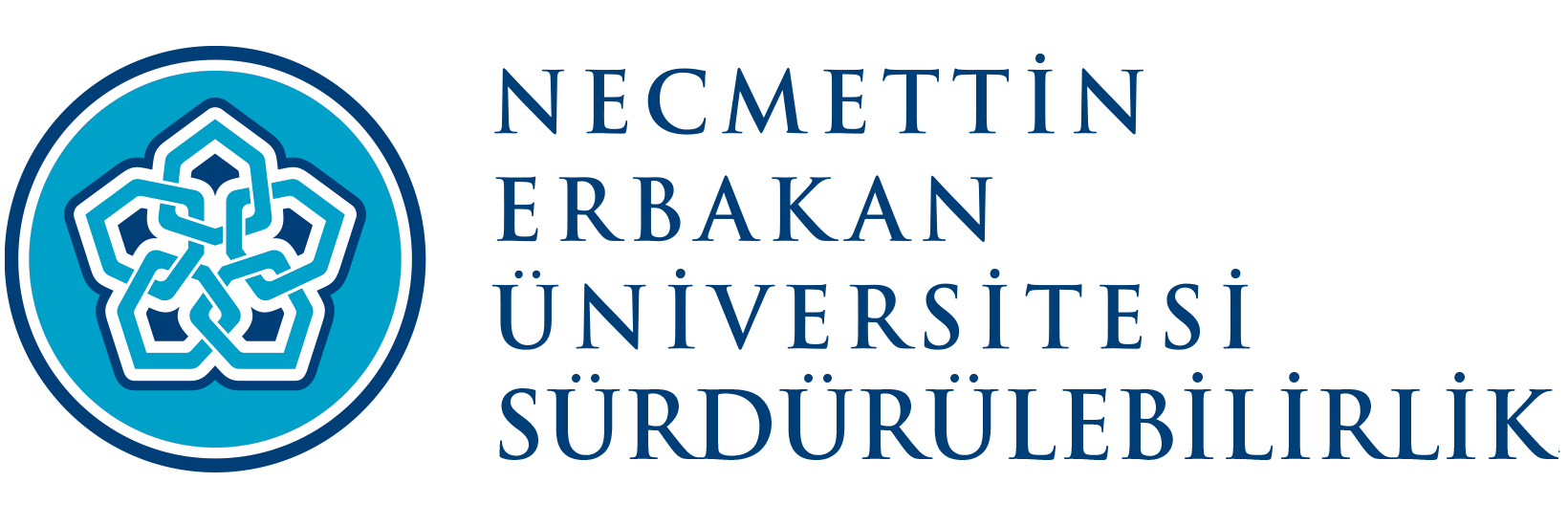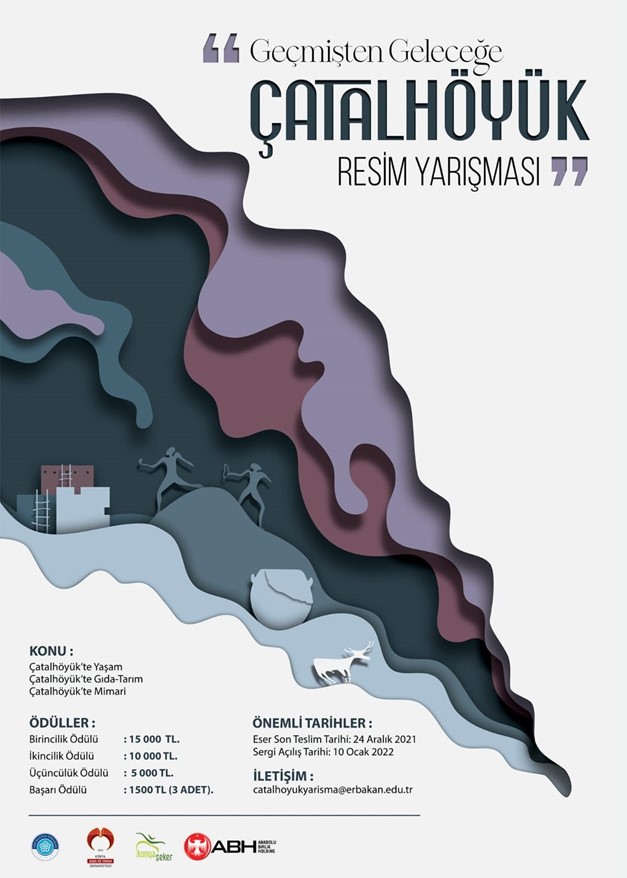
Çatalhöyük Painting Contest from the Past to the Future

| Tarih | 10.01.2022 |
| Birim | Ahmet Kelesoğlu Faculty of Education |
| SDG | Quality Education |
Çatalhöyük, located in the Çumra district of Konya province, was discovered in 1958. Scientific excavations carried out at various intervals continue extensively today. The first finds in the Neolithic city of Çatalhöyük, which arouses admiration with its extraordinary art, are dated to 7400 BC. The city is internationally described as the key to our understanding of the foundations of civilization and agriculture. It is believed that Çatalhöyük's Neolithic settlement style and city plan reflect ideals of equality. Çatalhöyük witnessed important social changes and developments such as the transition to settled life, which is an important stage in the development of humanity, and the beginning of agriculture. The Eastern Mound of this Neolithic settlement, which consists of two mounds, consists of 18 Neolithic settlement layers dating between 7400 and 6200 BC. In these layers, there are wall paintings, reliefs, sculptures and other artistic elements that symbolize social organization and transition to settled life. The Western Mound, dated between 6200 and 5400 BC, shows cultural features belonging to the Chalcolithic Period. Çatalhöyük traces the start date of mining in Anatolia back to the Neolithic Period; It draws attention with its rich finds showing that the people of that period were engaged in farming as well as gathering and hunting. Çatalhöyük is the first settlement center to include a city plan in its wall paintings. The fact that the concept of today's property began at that time is documented by stamp seals made of terracotta.
The UNESCO World Heritage Committee has recognized that Çatalhöyük, which has been nominated for the World Heritage List by the Ministry of Culture and Tourism, meets the basic requirements of the World Heritage Convention, preserves its authenticity and has a "universal outstanding value". In the report that was the basis of the decision, it was accepted that Çatalhöyük within the borders of Konya, whose history dates back to 7400 BC, constitutes a unique testimony of a stage of humanity, and has an urban plan based on a period-specific settlement style and understanding of society and ideals of equality.
A painting contest was organized in cooperation with Necmettin Erbakan University, Konya Şeker A.Ş., Anadolu Birlik Holding and Konya Food and Agriculture University in order to create permanent works by interpreting the subjects of "Social Life in Çatalhöyük", "Food-Agriculture in Çatalhöyük" and "Architecture in Çatalhöyük", one of the first settlements in the world, with the language of painting.